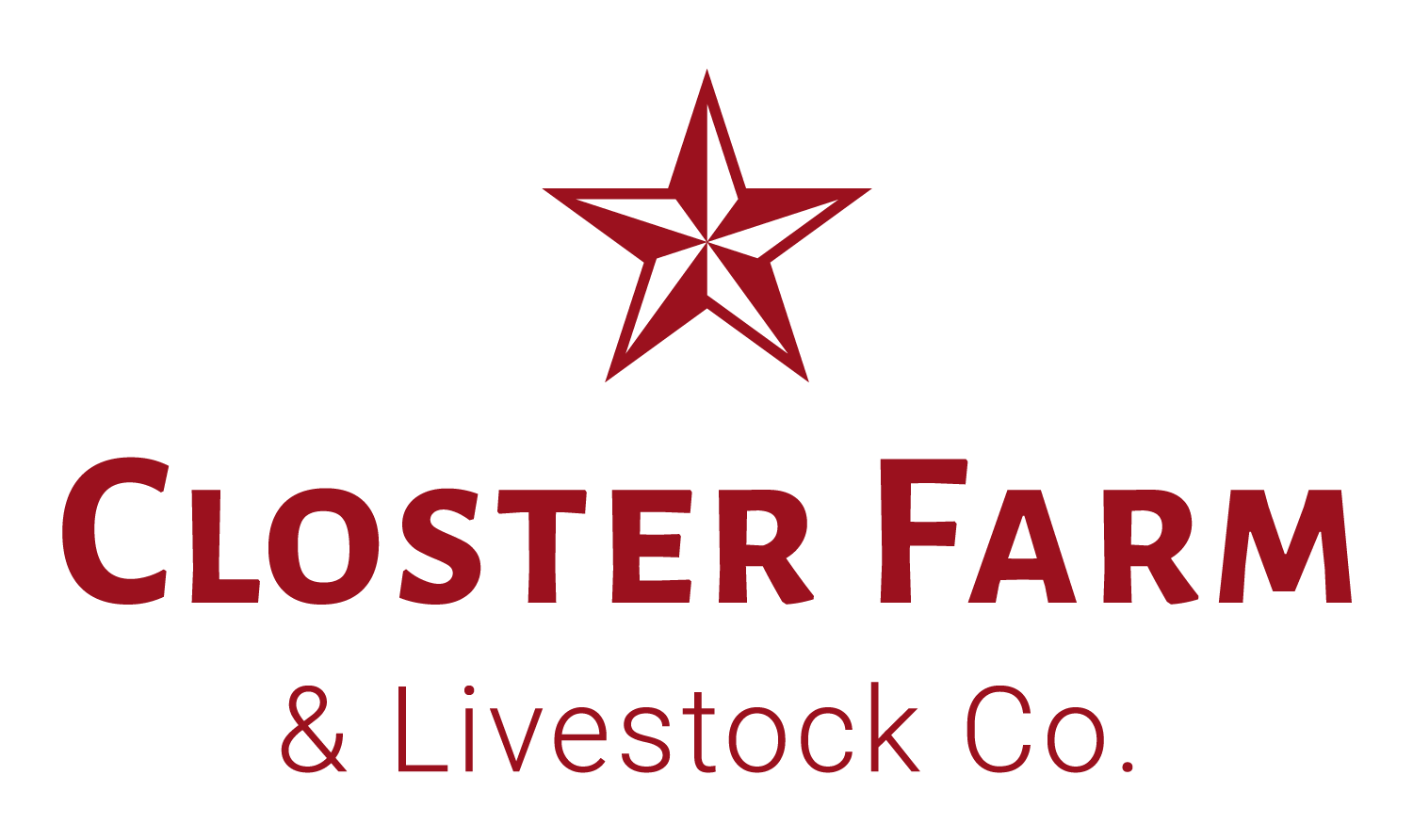Certified Organic Farm: Why? What?
You’ve been going to the grocery store and farmers’ market all this time. But do you know what the label really means? Do you know the guidelines it enforces, the steps the growers and producers need to take to attain and keep certification? Well, we’re going to try to break it down for you:
“The Rule” (capital “R”) is the backbone of the mysterious “Organic” label that we now hold.
Known by lawmakers as Chapter 7, Subtitle B, Chapter I, Subchapter M, Part 205 (it’s got such a ring to it), the Rule is really exactly what is sounds like: a long list of methods, substances, and guidelines that a grower/producer must follow if they wish to describe themselves as Organic (capital “O”).
Why a capital “O”? Well, the USDA will not go after producers who use phrases like “organically grown” or “grown using organic principles” to describe their systems. But they do not let anyone other than certified operations use a capital “O” or use the label:
There are many other NGO certifications like Certified Naturally Grown, Certified Animal Welfare Approved, and on and on. But none are as comprehensive, stringent, and detailed as Certified Organic. That doesn’t mean that the process of becoming certified and the Rule are foolproof, nor does it mean that the label and certification alone make an operation or a product superior.
It does mean a few things:
-We may only use naturally derived substances that have been approved by a group of NGO inspector organizations (i.e. OMRI) to manage and clean our crops and equipment and add to our soil to build it up with organic matter.
-We must keep our animals in enclosures that provide ample room per animal (it’s specified to the sq. ft. for chickens), give them access to the outdoors at a certain age, and provide only Organic feed.
-When possible, we must purchase Organic seeds, and when not possible, we must provide a record of conversations we have had with 3 different vendors that we spoke confirming the lack of availability and defend our need for that specific variety (which may not be in any way based on cost).
-We must also keep records of everything from how much we have harvested, where the crop came from in the field, who we sold it to, how much we sold it for, as well as how much of each amendment we used, where we used it, soil reports to support the use of those particular amendments in the quantity they were applied, and on and on.
This is why—as of the writing of this post—there are only 72 Certified Organic farms in NJ according to the Organic Integrity Database. Paperwork and fees are the two main reasons farmers do not become Certified.
So why did we decide to take the plunge and become Certified Organic?
Well, we already did all of the things the USDA requires to become certified. Record keeping, although cumbersome in the middle of the season, gives us amazing insight into the health of the business and the health of our crops and chickens (gorgeous full plumage, dark red comb, and clear eyes). It also gives us a really good template to work off of for next year, and admittedly, we’re data geeks.
The certification process also allows us to demonstrate to our new community in and around Closter, NJ that we are serious about what we are doing (growing really healthy and tasty food, the best way we know how), succinctly with a familiar term. It helps us build trust, our most important commodity, and it helps us affect positive change in the NJ and Bergen County agriculture landscape.
Attaining the Certification isn’t for every grower and we don’t think it is indicative of the inherent goodness or badness of a farm or product. But we do believe that it is what is best for our community, and that is why we make all of our decisions.
Sources:
The Organic Rule: https://www.ecfr.gov/cgi-bin/text-idx?c=ecfr&sid=3f34f4c22f9aa8e6d9864cc2683cea02&tpl=/ecfrbrowse/Title07/7cfr205_main_02.tpl
Organic Integrity Database: https://organic.ams.usda.gov/integrity/


